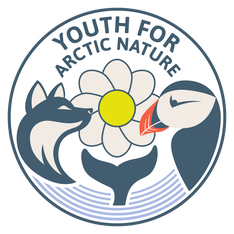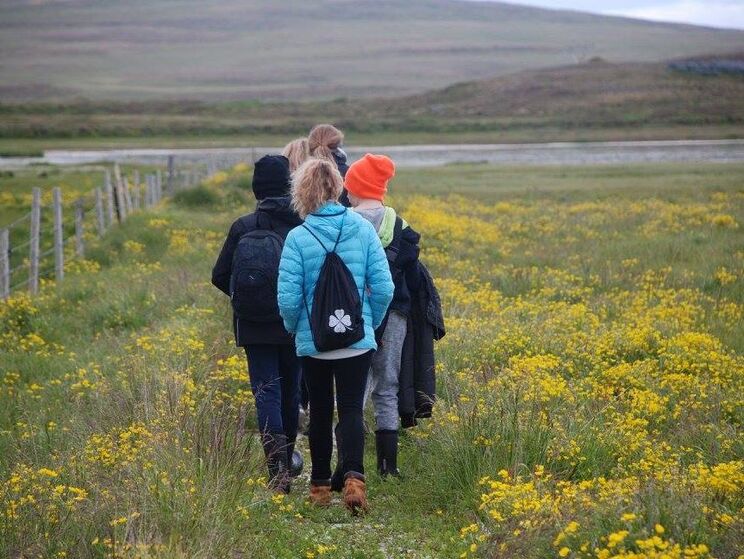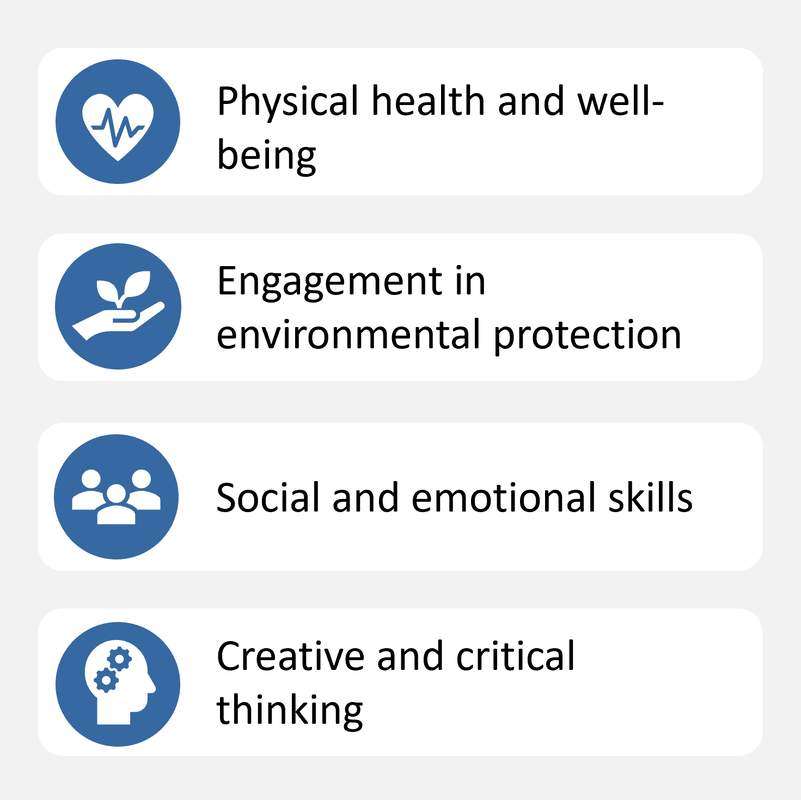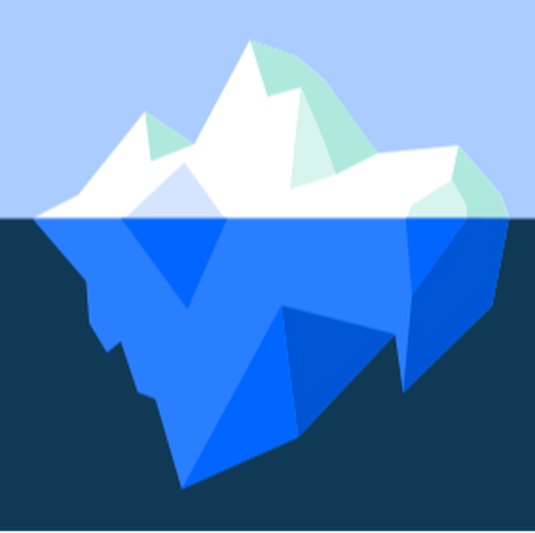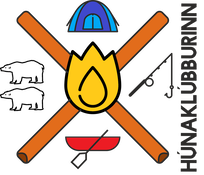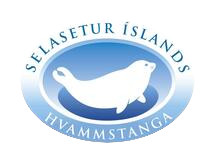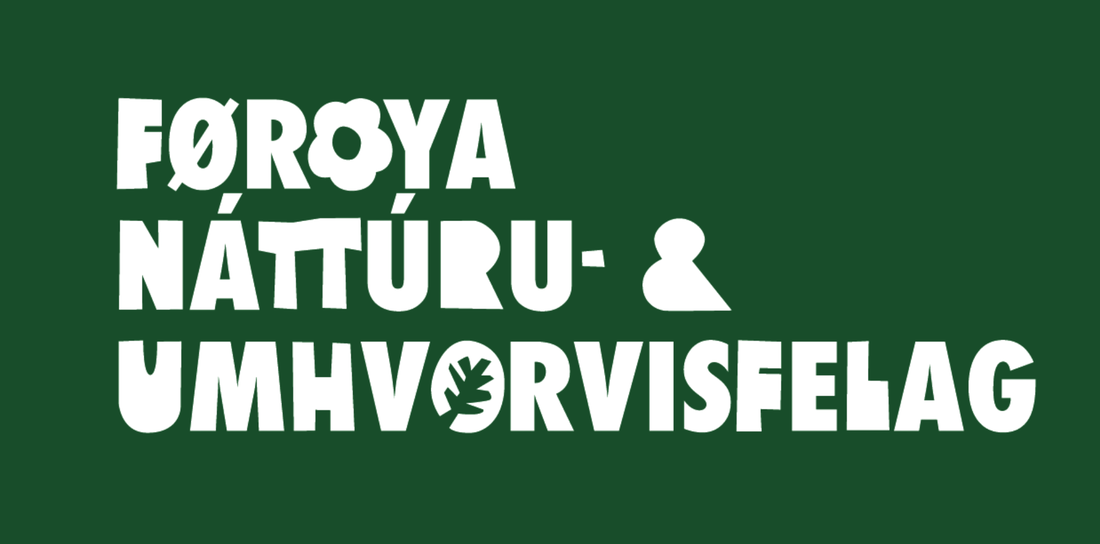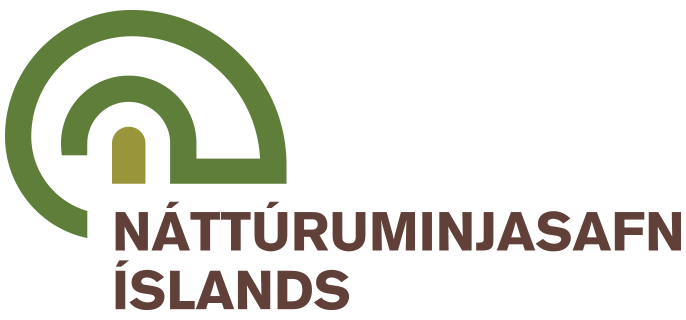Learn about local nature
Who we are
|
The project
Youth for Arctic Nature is an international environmental education project based in Iceland. It aims to foster deeper connections in Arctic youth up to 30 years old to the local environments through place-based education, nature monitoring, and outdoor activities. Current project partners are located in Iceland, the Faroe Islands, Norway, and Finland, but we are open to collaborations throughout Subarctic and Arctic areas. Through our project, youth can get to know others who share their passion for nature in different arctic communities. We aim to encourage cultural exchanges between them, as well as with local and international Arctic scientists. |
Goals
|
Connecting youth to nature
Youth are losing a necessary connection to nature because their life is rapidly shifting from mostly outdoors to indoors. But a deep connection to nature leads to a healthier life and helps to develop important life skills. It also inspires youth to take care of nature, which makes them more likely to be environmental advocates in the long run. That's why we want to encourage youth to go out in local nature more often and to look at it with a new eye, giving them an opportunity to create and reinforce their connection to nature. Connecting youth to each other Traveling between Arctic countries is not always easy. Because of their geography and climate, it almost always requires to fly, which can be very expensive and difficult. This leads to a lack of connections between different arctic regions. Still, Arctic people can have a lot in common, so we would like to give opportunities for youth living in these communities to get to know each other better. They could make friends who share their interest in nature, exchange what they have been discovering, discuss differences in ways of life or biosphere, and much more. |
|
Fighting climate anxiety Climate change is happening faster on the poles than anywhere else, with important consequences for the region and its people. This can be scary for youth wondering about their future and feeling powerless to change things, especially when climate news can be so overwhelming. To combat this anxiety, we want to show youth that it is easy to make a change at their own level, simply starting by going outside. Then, they can take action by starting a nature club, monitoring a vulnerable or invasive species, or simply becoming more aware of the biosphere around them. Training young scientists With Youth for Arctic Nature, we give youth some tools to study their own changing environment, and we hope that igniting a new interest in local nature may inspire some young people in their personal path. Arctic youth pursuing a career in natural sciences, resource management, planning, or any other professions relating to the healthy relationship between people and nature will prove crucial to plan for Arctic futures. |
Our team
|
Dr. Jessica Aquino
Project leader Hólar University, Iceland |
Cécile Chauvat
Project coordinator Northwest Iceland Nature Research Center |
Dr. Sandra Granquist
Lead scientist Marine and Freshwater Research Institute, and the Icelandic Seal Center |
Deisi Maricato
Lead pedagogist Hólar University, Iceland |
|
Húnaklúbburinn
Steering Committee Húnaþing vestra, Iceland |
Örvar Birkir Eríksson
Steering Committee Icelandic Seal Center |
Turið Gaard Hansen
Steering Committee Faroe Islands Nature and Environment Society |
Dr. Ragnhildur Guðmundsdóttir
Steering Committee Icelandic Museum of Natural History |
|
Dr. Starri Heiðmarsson
Steering Committee Northwest Iceland Nature Research Center |
Helga Aradóttir
Steering Committee Icelandic Museum of Natural History |
Dr. Monika Abels
Steering Committee The Arctic University of Norway |
Dr. Pigga Keskitalo
Steering Committee University of Lapland |
Fill-in the questionnaire on the right or:
|
|
INSTAGRAM |
